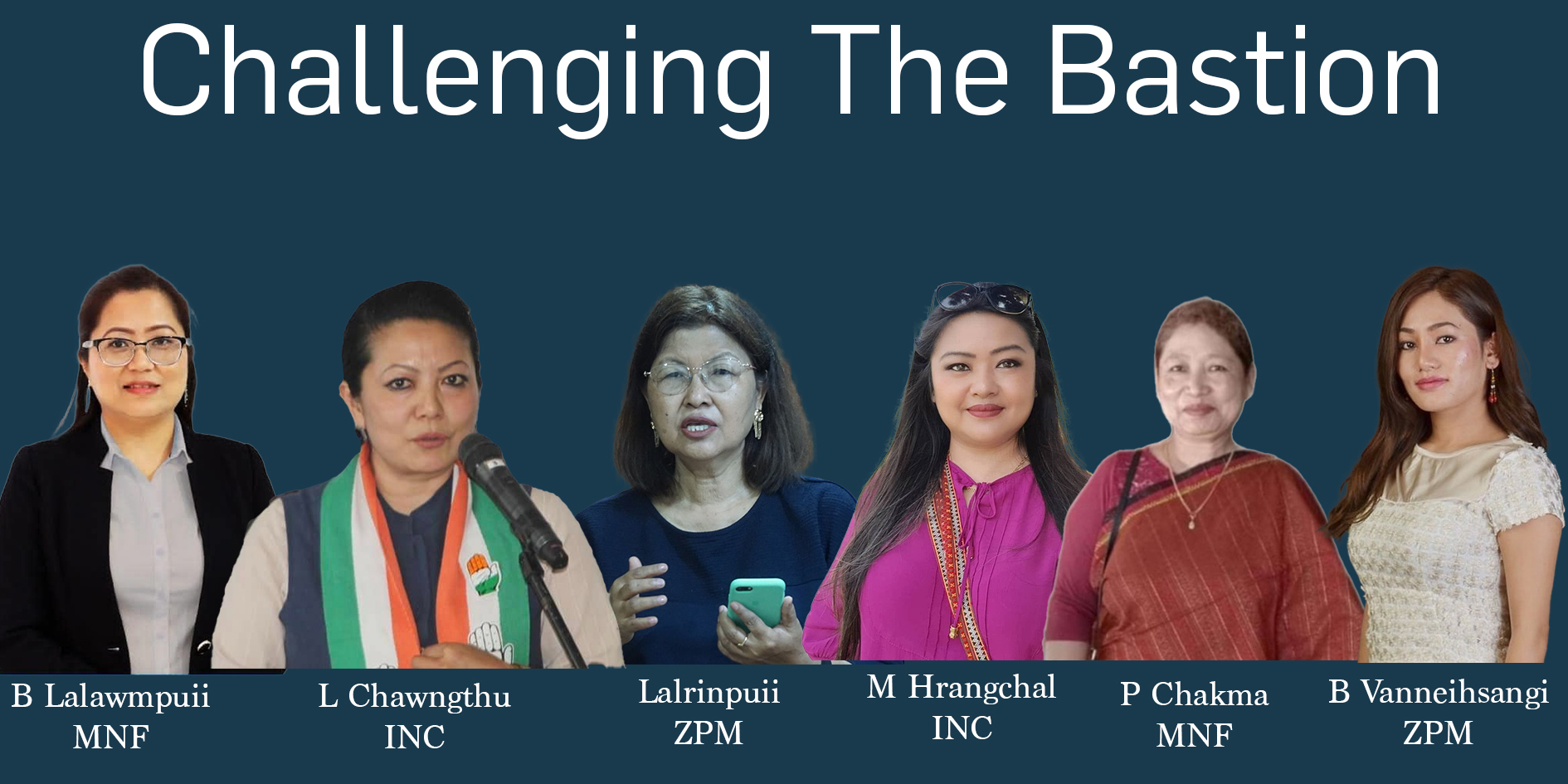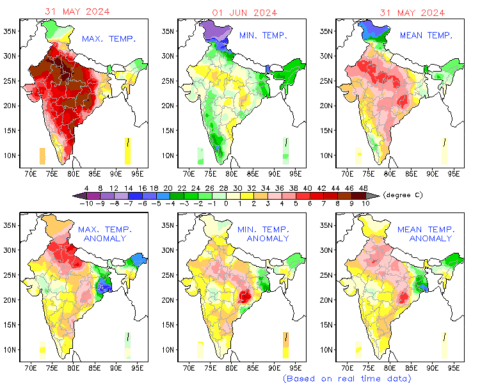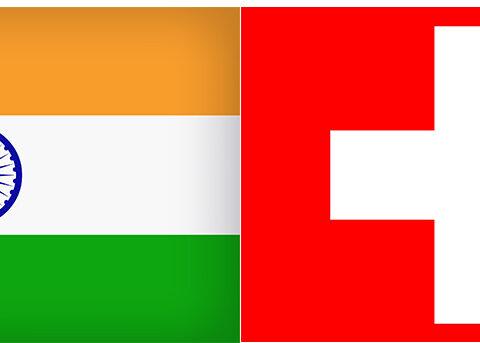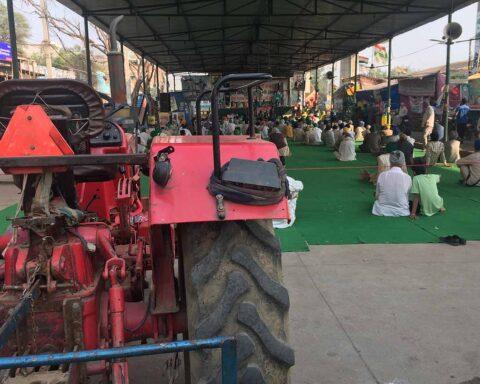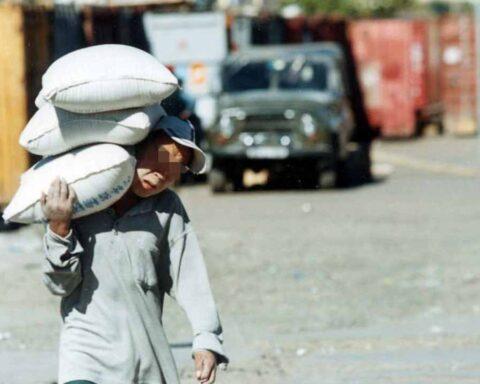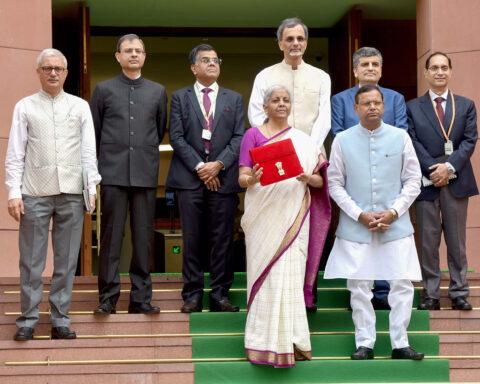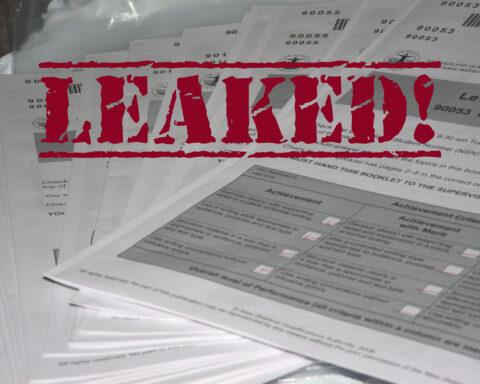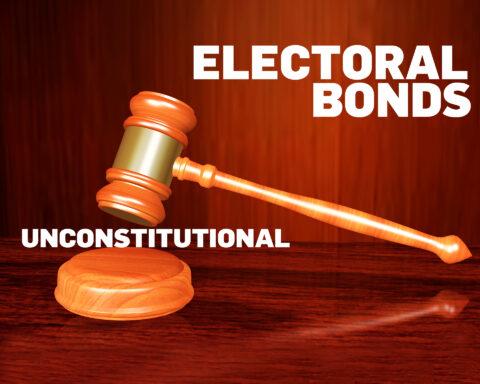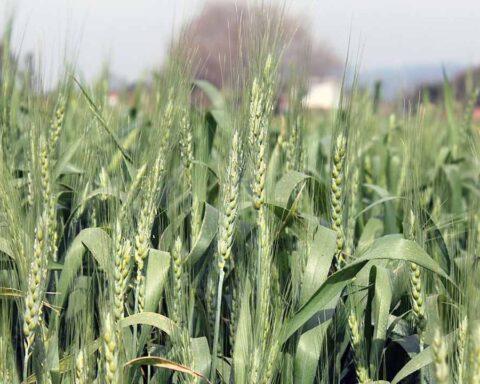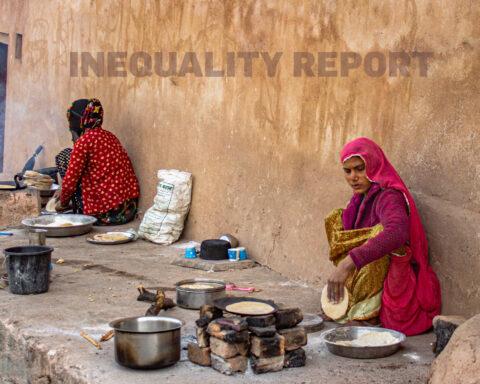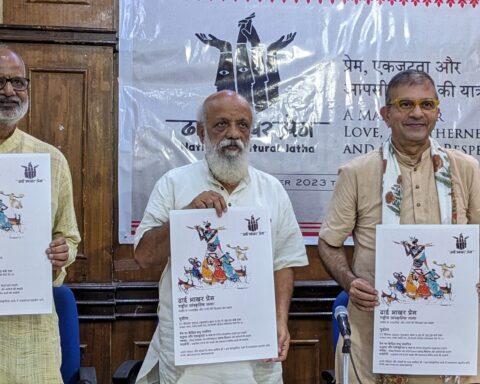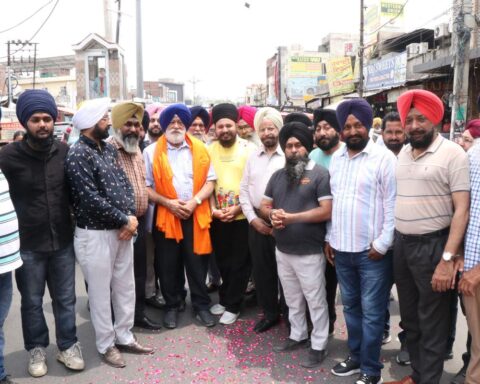Since the 1987 Mizoram assembly election, there has been no elected woman representative in the state legislature. It is more than three decades since the last woman legislator, Pi Lalhlimpuii, contested on an independent ticket and was elected to the first assembly in 1987 after gaining statehood. But she lost her seat two years later in the elections that were held in 1989 after withdrawal of President’s Rule.
A decade earlier, Pi Thanmawii had become the first woman MLA in 1978, when Mizoram was still a Union Territory. This period was characterized by peak Mizo insurgency.
A factor behind low representation of women in state politics is that they do not come out to contest elections. Observers point out that women are discouraged from becoming part of traditional decision-making platforms like tribe-based councils and other local bodies due to the strong patriarchal influences in society. For instance, the chieftainship is passed on to the male members or village councils comprise only male members. The roots of patriarchy are so strong that women prefer not to enter politics.

